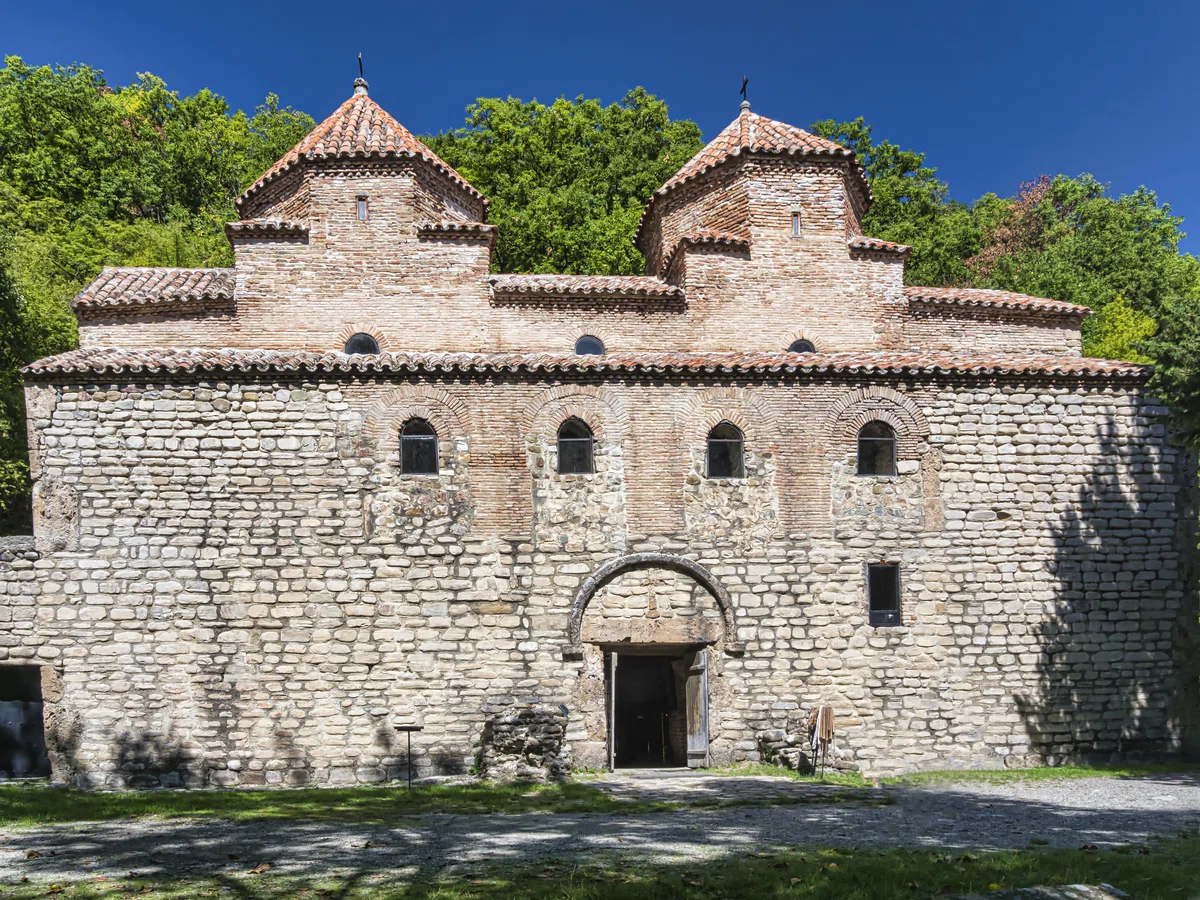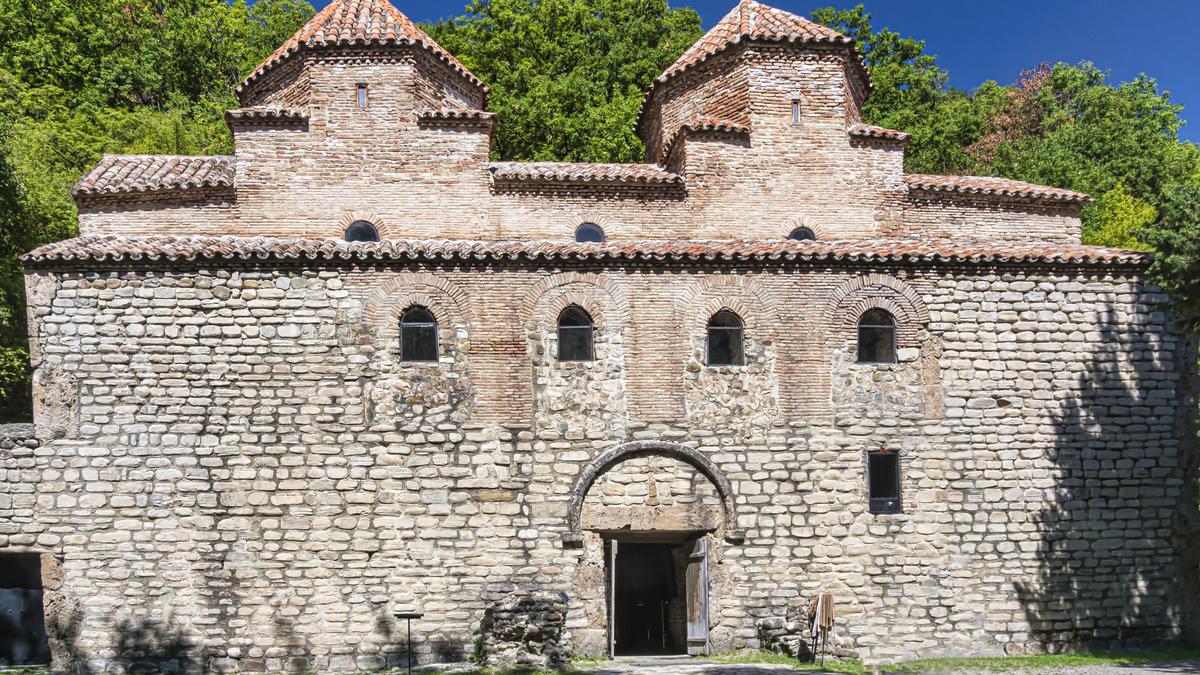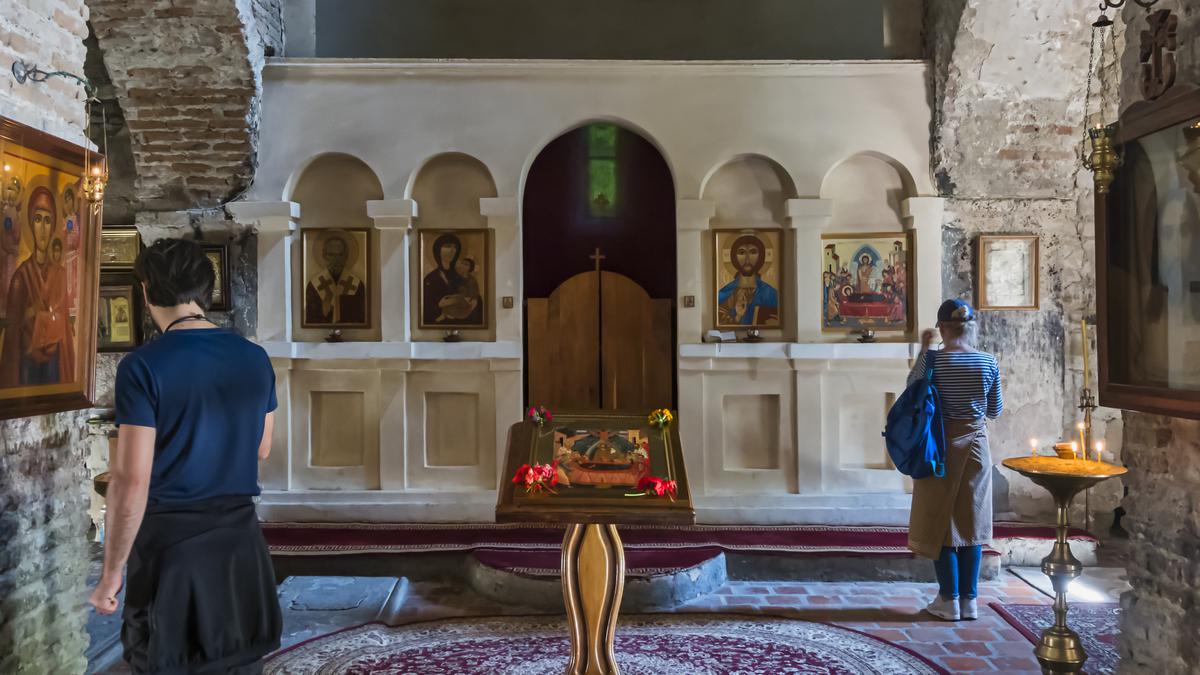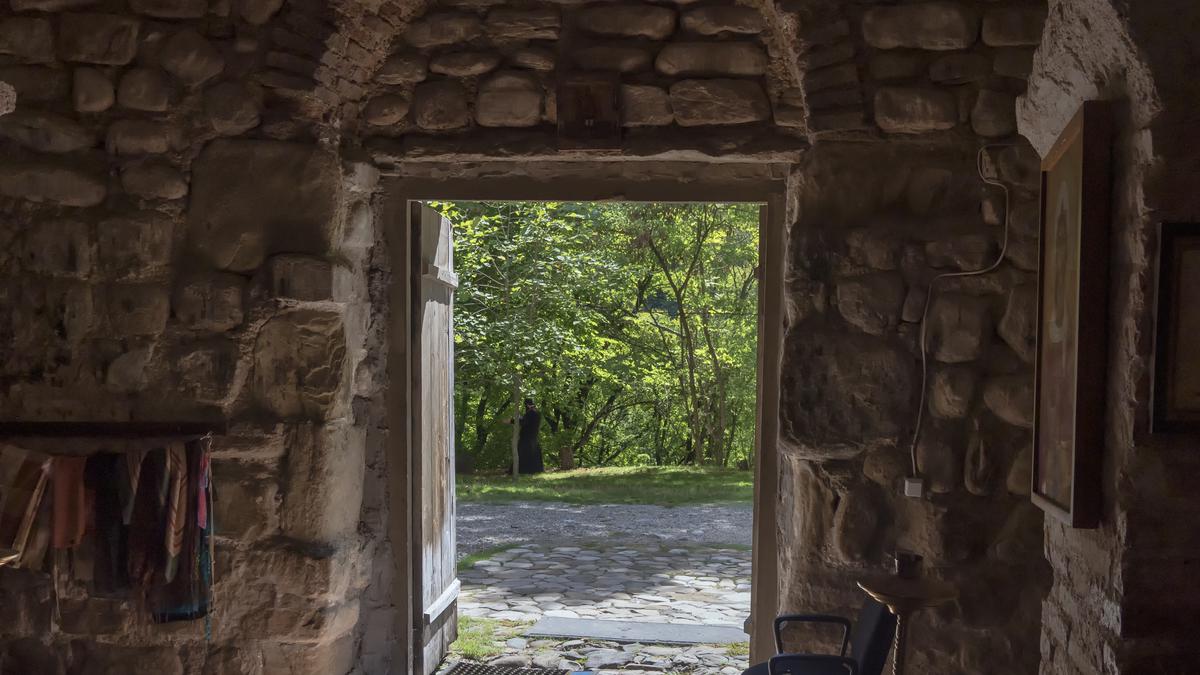
The Holy Virgin (Kvelatsminda) in Gurjaani is an 8th-century Georgian landmark, the only two-domed basilica of its kind built at that time.
According to legend, in the temple of Gurjaani, there is an icon of the Iberian Mother of God, which is miraculous. The icon was hidden in the temple during the invasion of the enemies and was found a couple of centuries later. The temple of Gurjaani is considered one of the attractions of Georgia.
Visit a Georgian landmark from the 8th century⬇️
Gurjaani Prechistaya (Kvelatsminda) Virgin is a unique monument of church architecture, only here is the only two-domed basilica in Georgia, built in the VIII-IX centuries.
The temple is located in Katechia, namely in the town of Gurjaani, the recognized center of winemaking in Georgia, where undoubtedly the most beautiful places of Georgia are located.
History
This architectural monument of the Orthodox Georgian church, located near the village of Vachnadziani, is about eight kilometers away.
In the VI - VII century the monastery had three naves as part of the basilica, unfortunately, one of its parts was damaged in a landslide, but some fragments of the structure can still be found today. At the end of the VIII century a domed church of All Saints was erected of stone and brick and is an example of transitional Georgian architecture of the Middle Ages.
The Legend of the Icon of Our Lady of Gurjaan
The sights of Georgia are notable for their rich history and unusual and sometimes surprising legends. The Gurjaani Precious (Kvelatsminda) Mother of God is no exception.
There is a legend about the miracle-working icon of the Mother of God Iveron, which is revered and kept in the temple to this day.

The central part of the icon is occupied by the image of the Mother of God with the child, painted in paint and framed in a gilded frame; this legend is connected to her. One day in the autumn of 1615, when Shah Abbas was raiding Katehi against the Kartli and Kakheti kingdoms.
The abbot of the monastery, father Ioan, gathered the entire monastic brotherhood and decided not to leave the monastery, but hid all the relics, temple shrines, icons and church objects in a secret room, located at the bottom of the church, to prevent the looting and ruin of the monastery.
That same night the image of the Blessed Virgin Mary came to Father John in a dream and told him to wall up the icon in a column in the martyr's monastery, which was located about 1-2 km from the Monastery of All Saints. In the morning, Father John told the monks about the will of the Mother of God and hid the icon in the column.
However, this did not save the villages and monasteries from the attack of Shah Abbas. After his invasion, many settlements were looted, monasteries were destroyed, including the Church of All Saints and Martyrs, and monks were killed - all services ceased. And only 200 years later, a small brotherhood of monks from the Kahta Uban monastery, together with hegumen Gabriel, began to restore the theological life in the desolate temple.
Later they found out about the lost icon of the Mother of God and began to search for it, but the search was unsuccessful. Suddenly, a miracle happened: the Almighty appeared to hegumen Gabriel in a dream and showed him the place where the icon was hidden.
The next day, hegumen Gabriel, along with Father Jostosti, the hegumen of Ascension Monastery Vezhin, the priest Gurjaani and many pilgrims went in search of the lost relic. After they uncovered the wall and column, they discovered the very same icon of Our Lady that was taken to the monasteries of Kahta Ubani.
Unfortunately in 1845 the monastery was again deserted, the monks left the Stepantsminda monastery and the icon was moved to St. George's Church in Gurjaan.

Architecture
The plan of the church is complex; it includes both one-story and two-story parts composed of different materials. The exterior walls, the apse (apsidal extension in the form of a semi-circle), the side walls, and the chambers are composed of cut cobblestones. On the inside, the walls, vaults and domes are made of bricks of various shapes, ranging from the usual square ones to the most bizarre. The domes are covered with tiles in the form of troughs.
The temple itself is located in the middle of a broad-leaved forest that surrounds it and brings an atmosphere of tranquility, peace and unity with nature.
Inside the temple there is an iconostasis, which is illuminated by a soft light of burning candles. The building of the temple is divided into three parts, the middle - towering part can be divided into three quadrants, which have domes, supported by a trompe l'oeil (stabilizing structure in the form of a stepped niche).
The dome itself is covered with a gable roof of tile, which passes into the apse. The western dome is slightly higher and wider than the eastern dome.
The interior of the temple is an arched construction, which is formed due to the stepped tiers of arches. The altar apse occupies an elevated place, but does not stand out from the overall temple ensemble. To the south is the deacon and the entrance gate.
It is possible to enter the temple from the south and west sides; there is also a rectangular receptacle in the west - the narthex. It communicates with the main building of the temple through a narrow wooden door and is also accessible through it to the second floor where there is a view of the terrace.
The main façade is the east façade, which is decorated with arches and a cross and immediately attracts people passing by as if to greet them. Along the archway is a carved window that belongs to the deaconess.
The southern façade is lined with rounded cobblestones. The entrance to the first floor is a wide carved door, above which is a yellow cross cut with an arch.
The north facade is similar to the south facade, but there is no entrance to the temple, but you can watch the scenery from inside through the carved windows.
What to see in Georgia? If you are a connoisseur of medieval authentic temple architecture and beautiful scenery, the answer is unambiguous - you should definitely visit the Temple of Gurjaani (Kvelatsminda) of the Virgin Mary.













23 comments
Log in to leave a comment